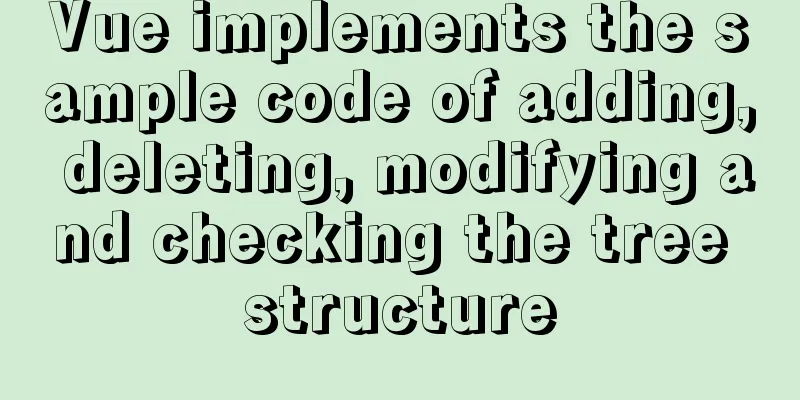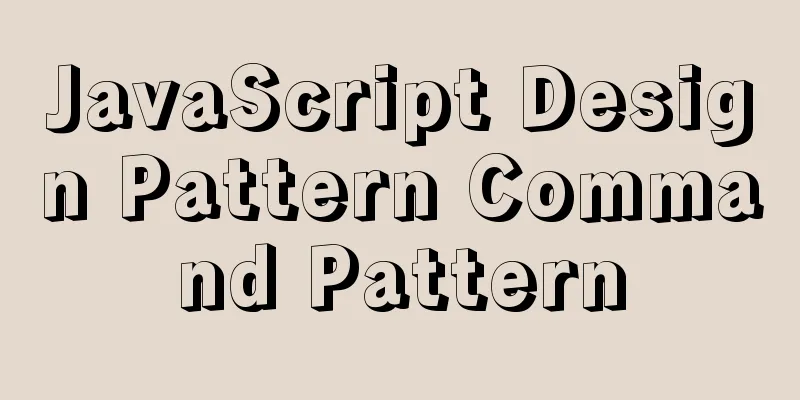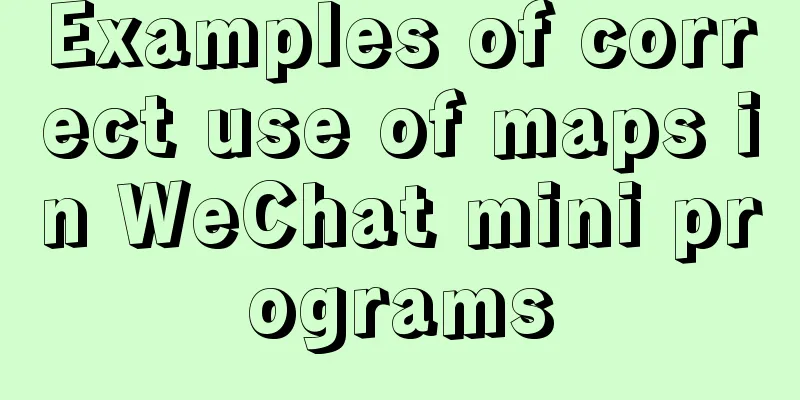What is Makefile in Linux? How does it work?

|
Run and compile your programs more efficiently with this handy tool The make tool is usually used when you need to run or update a task after some source files have changed. The make tool needs to read a Makefile (or makefile) file, which defines a series of tasks to be performed. You can use make to compile source code into an executable program. Most open source projects use make to compile the final binary files, and then use the make install command to perform the installation. The basic example still starts with printing "Hello World". First, create a directory named myproject and create a Makefile file in the directory with the following content: say_hello: echo "Hello World" Execute make in the myproject directory, and the following output will appear: $ make echo "Hello World" Hello World In the above example, "say_hello" is similar to function names in other programming languages. This is called a target. Following the target are the prerequisites or dependencies. For simplicity, we did not define preconditions in this example. The echo 'Hello World' command is called a recipe. These steps are based on the pre-conditions to achieve the goal. The goal, preconditions, and steps together make up a rule. To summarize, the syntax of a typical rule is: Objective: Prerequisites As an example, a target can be a binary file based on a precondition (source code). On the other hand, a precondition can also be a target that depends on other preconditions. final_target: sub_target final_target.c Recipe_to_create_final_target sub_target: sub_target.c Recipe_to_create_sub_target The target does not need to be a file, it can also be just the name of a step, as in our example. We call this a "pseudo target" Going back to the example above, when make is executed, the entire command echo "Hello World" is displayed, followed by the actual execution result. If you do not want the command itself to be printed, you need to add @ before echo. say_hello: @echo "Hello World" Re-run make and you will see the following output: $ make Hello World Next, add the following pseudo targets to the Makefile: generate and clean:
say_hello:
@echo "Hello World"
generate:
@echo "Creating empty text files..."
touch file-{1..10}.txt
clean:
@echo "Cleaning up..."
rm *.txt
When we run make later, only the say_hello target is executed. This is because the first target in a Makefile is the default target. Normally the default target is called, which is what you see as the first target in most projects: all. all is responsible for calling its target. We can override the default behavior by using the special pseudo goal .DEFAULT_GOAL . Add .DEFAULT_GOAL to the beginning of the Makefile: Make will use generate as the default target:
$ make
Creating empty text files...
touch file-{1..10}.txt
As the name implies, the .DEFAULT_GOAL pseudo-target can only define one goal. This is why many Makefiles include the target all, which can call multiple targets.
all: say_hello generate
say_hello:
@echo "Hello World"
generate:
@echo "Creating empty text files..."
touch file-{1..10}.txt
clean:
@echo "Cleaning up..."
rm *.txt
Before running, let's add some special pseudo targets. .PHONY is used to define targets that are not files. By default, make will call the steps under these pseudo targets without checking the existence of the file name or the last modification date. The complete Makefile is as follows:
.PHONY: all say_hello generate clean
all: say_hello generate
say_hello:
@echo "Hello World"
generate:
@echo "Creating empty text files..."
touch file-{1..10}.txt
clean:
@echo "Cleaning up..."
rm *.txt
The make command calls say_hello and generate:
$ make
Hello World
Creating empty text files...
touch file-{1..10}.txt
clean should not be put into all, or into the first target. clean should be called manually when cleaning is needed, the calling method is make clean $ make clean Cleaning up... rm *.txt Now that you have a basic understanding of Makefile, let's look at some advanced examples. Advanced Examples Variables In the previous examples, most of the targets and preconditions were fixed, but in real projects, they are usually replaced by variables and patterns. The simplest way to define a variable is to use the = operator. For example, to assign the command gcc to the variable CC: CC = gcc This is called recursive variable expansion, and is used in rules like this:
hello: hello.c
${CC} hello.c -o helloAs you might expect, these steps will expand to: Both ${CC} and $(CC) can refer to gcc. But if a variable tries to assign itself to itself, it will cause an infinite loop. Let's verify this:
CC = gcc
CC = ${CC}
all:
@echo ${CC}
Running make at this point will result in: $ make Makefile:8: *** Recursive variable 'CC' references itself (eventually). Stop. To avoid this, you can use the := operator (this is called simple variable expansion). The following code will not cause the above problem:
CC := gcc
CC := ${CC}
all:
@echo ${CC}
Modes and Functions The following Makefile uses variables, modes, and functions to compile all C code. Let's analyze it line by line:
# Usage:
# make # compile all binary
# make clean # remove ALL binaries and objects
.PHONY = all clean
CC = gcc # compiler to use
LINKERFLAG = -lm
SRCS := $(wildcard *.c)
BINS := $(SRCS:%.c=%)
all: ${BINS}
%: %.o
@echo "Checking.."
${CC} ${LINKERFLAG} $< -o $@
%.o: %.c
@echo "Creating object.."
${CC} -c $<
clean:
@echo "Cleaning up..."
rm -rvf *.o ${BINS} Lines starting with # are comments
%: %.o
@echo "Checking.."
${CC} ${LINKERFLAG} $< -o $@
Let's use an example to understand this rule. Assume that foo is a value in the variable ${BINS}. % will match foo (% matches any target). Here is what the rules look like after they are expanded: foo: foo.o @echo "Checking.." gcc -lm foo.o -o foo As shown above, % is replaced by foo. $< is replaced by foo.o. $< is used to match the preset condition, $@ matches the target. This rule will be called once for each value in ${BINS}.
%.o: %.c
@echo "Creating object.."
${CC} -c $<
Each precondition in the previous rule will be treated as a target in this rule. Here is what it looks like after it’s expanded: foo.o: foo.c @echo "Creating object.." gcc -c foo.c Finally, in the clean target, all binaries and compiled files are removed. # Usage: # make # compile all binary # make clean # remove ALL binaries and objects .PHONY = all clean CC = gcc # compiler to use LINKERFLAG = -lm SRCS := foo.c BINS := foo all: foo foo: foo.o @echo "Checking.." gcc -lm foo.o -o foo foo.o: foo.c @echo "Creating object.." gcc -c foo.c clean: @echo "Cleaning up..." rm -rvf foo.o foo These together form a makefile. Of course, these functions are too few, and many other projects can be added. But the purpose is: let the compiler know which other files it needs to depend on to compile a file. When those dependent files are changed, the compiler will automatically find that the final generated file is out of date and recompile the corresponding module. Summarize The above is the full content of this article. I hope that the content of this article will have certain reference learning value for your study or work. Thank you for your support of 123WORDPRESS.COM. If you want to learn more about this, please check out the following links You may also be interested in:
|
<<: JavaScript generates random graphics by clicking
>>: Installation tutorial of the latest stable version of MySQL 5.7.17 under Linux
Recommend
MySQL sorting Chinese details and examples
Detailed explanation of MySQL sorting Chinese cha...
Docker core and specific use of installation
1. What is Docker? (1) Docker is an open source t...
Website User Experience Design (UE)
I just saw a post titled "Flow Theory and Des...
How to decrypt Linux version information
Displaying and interpreting information about you...
Detailed explanation of the implementation of shared modules in Angular projects
Table of contents 1. Shared CommonModule 2. Share...
How to add file prefixes in batches in Linux
You need to add "gt_" in front of the f...
Docker private warehouse harbor construction process
1. Preparation 1.1 harbor download harbor downloa...
Detailed description of the function of new in JS
Table of contents 1. Example 2. Create 100 soldie...
Summary of JavaScript JSON.stringify() usage
Table of contents 1. Usage 1. Basic usage 2. The ...
Differences between ES6 inheritance and ES5 inheritance in js
Table of contents Inheritance ES5 prototype inher...
Detailed tutorial on installing PHP and Nginx on Centos7
As the application of centos on the server side b...
Solve the error of starting MongoDB: error while loading shared libraries: libstdc++.so.6:cannot open shared object file:
When starting MongoDB, the prompt is: error while...
How to manually scroll logs in Linux system
Log rotation is a very common function on Linux s...
MySQL joint index effective conditions and index invalid conditions
Table of contents 1. Conditions for joint index f...
Page Refactoring Skills - Javascript, CSS
About JS, CSS CSS: Stylesheet at the top Avoid CS...









